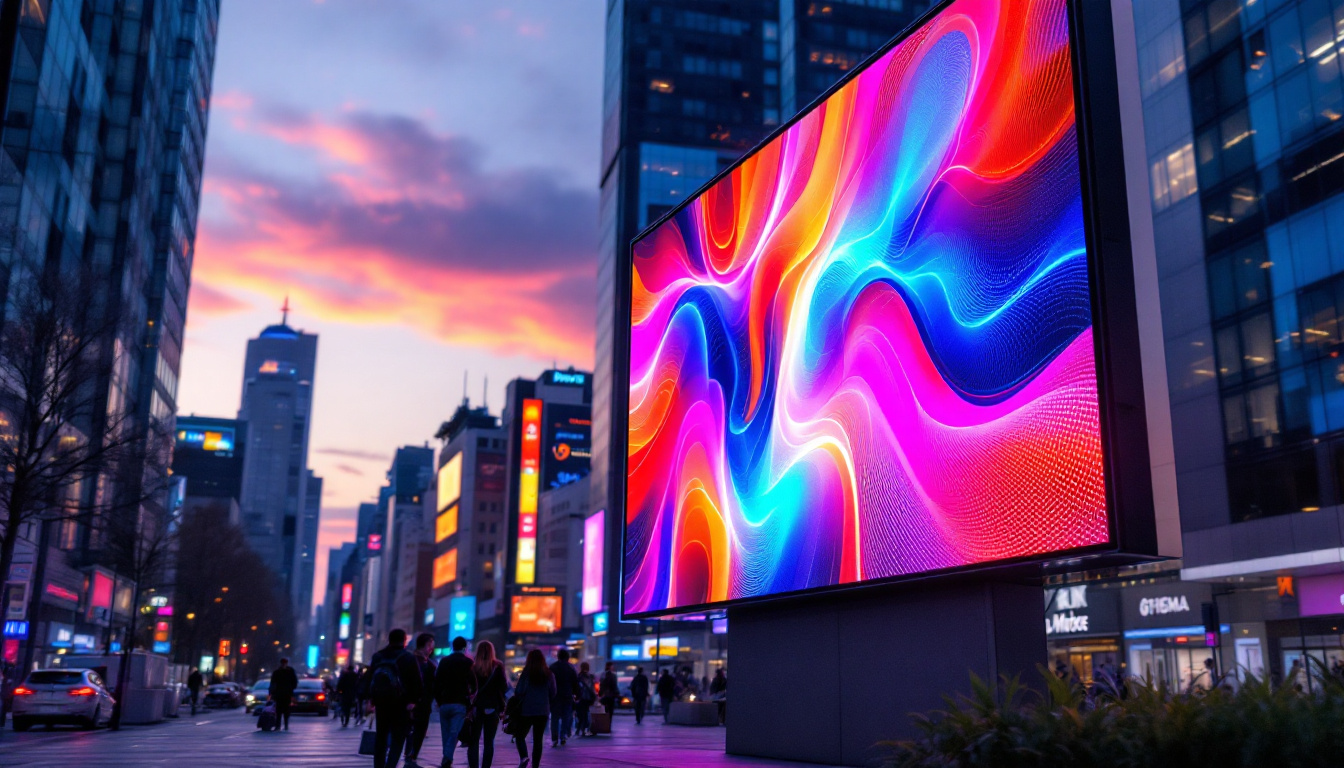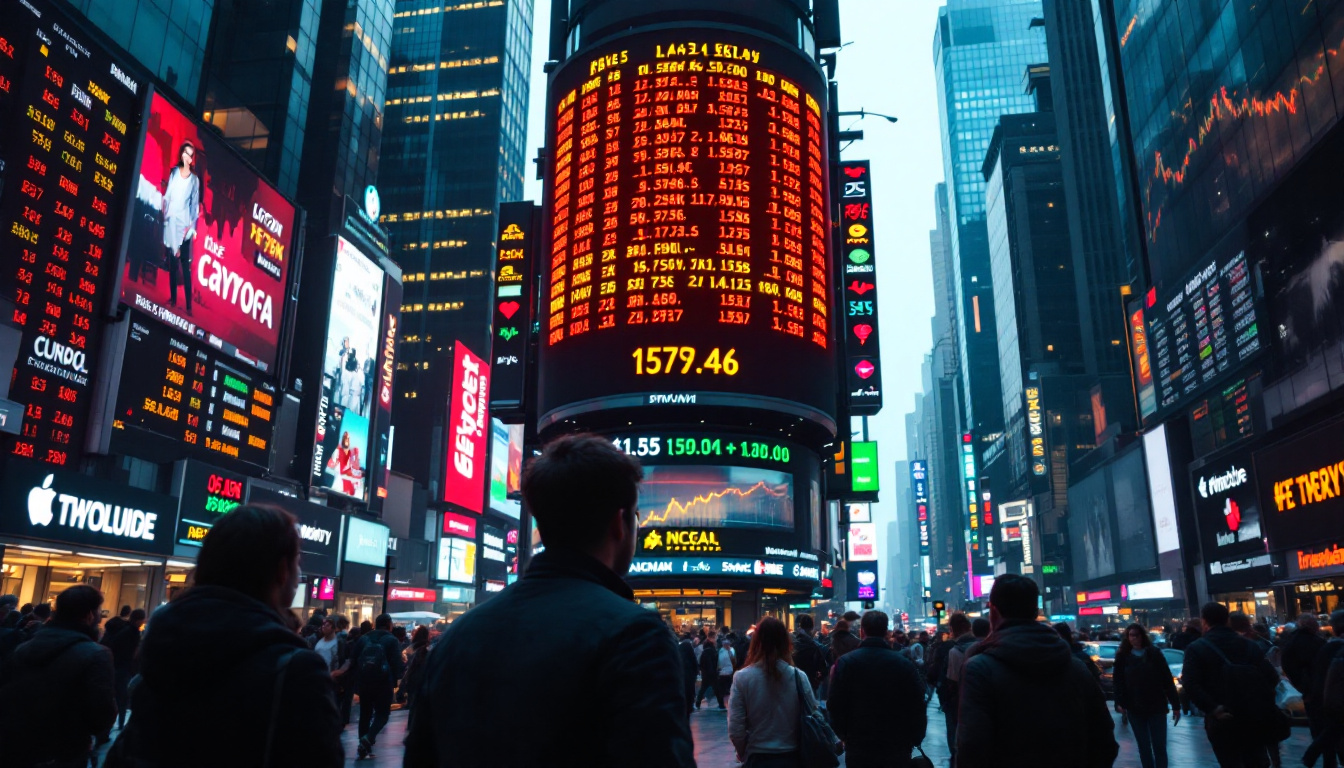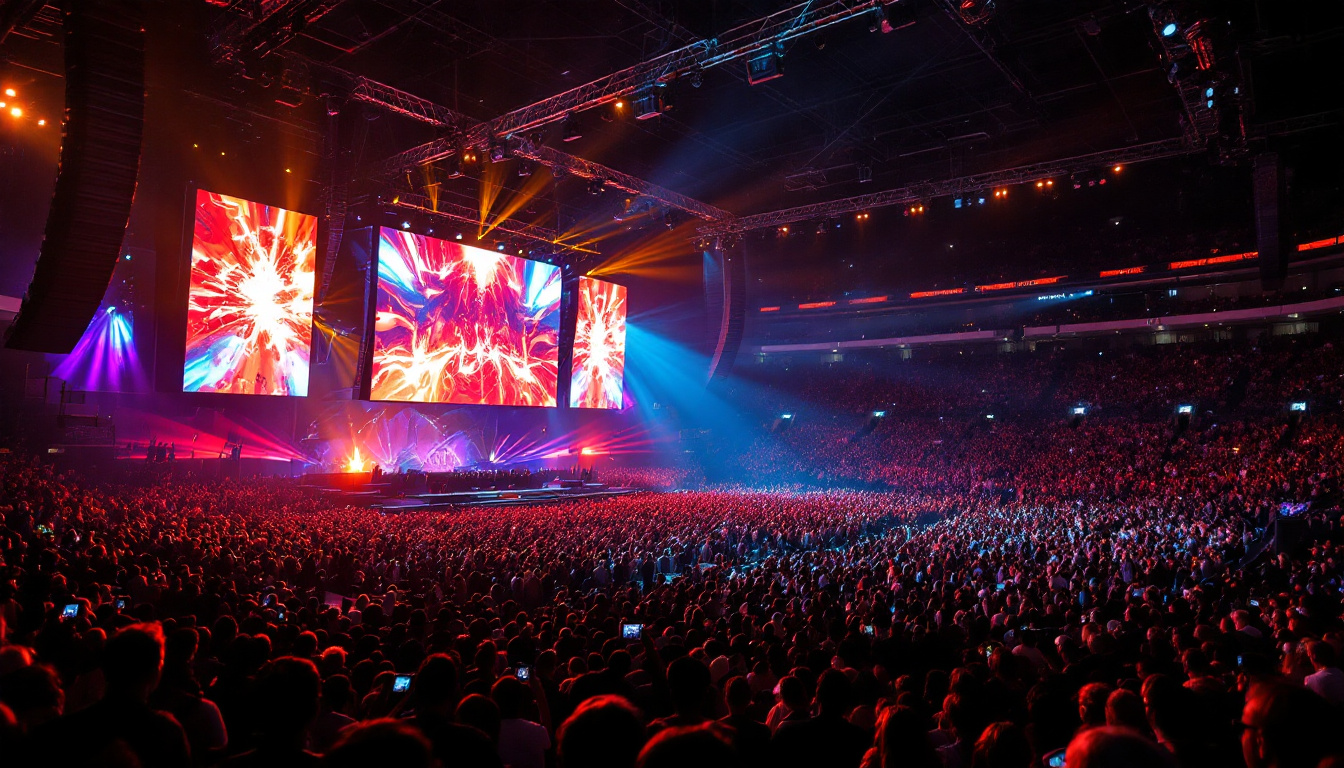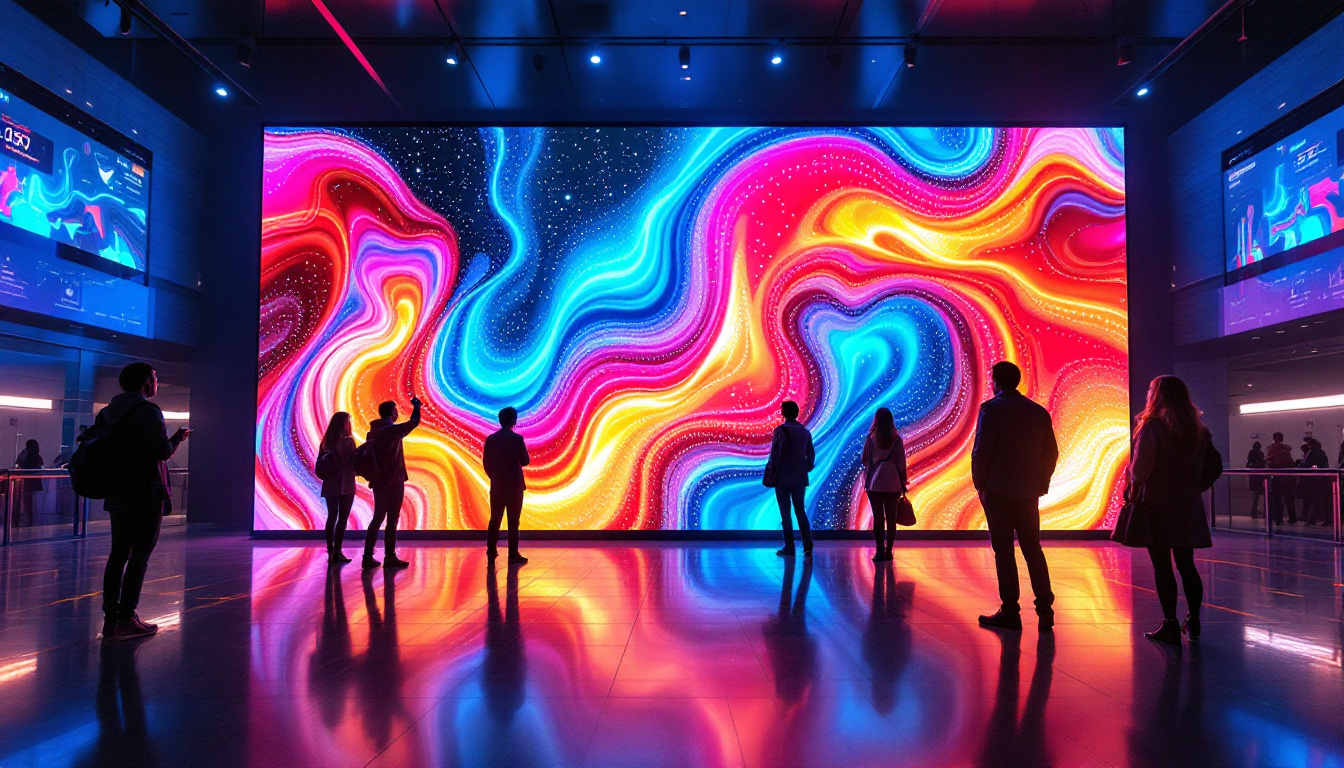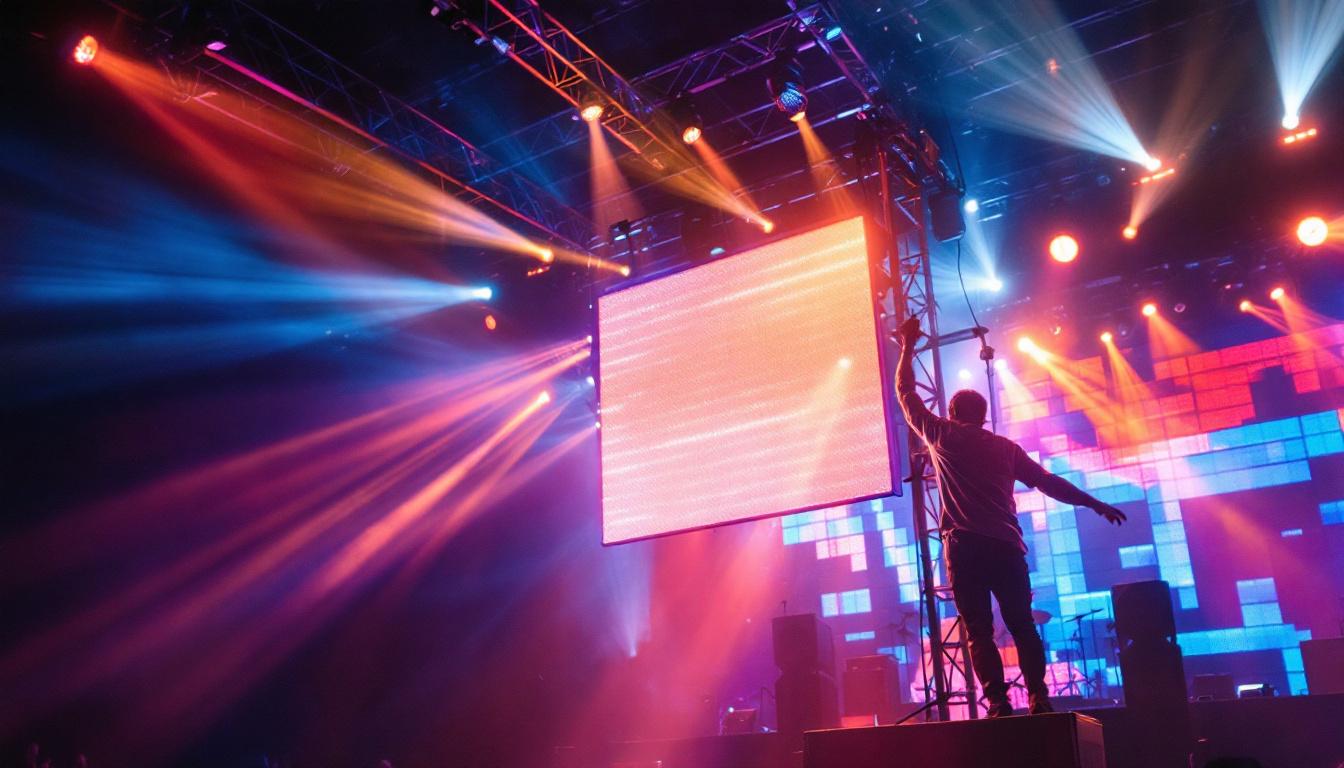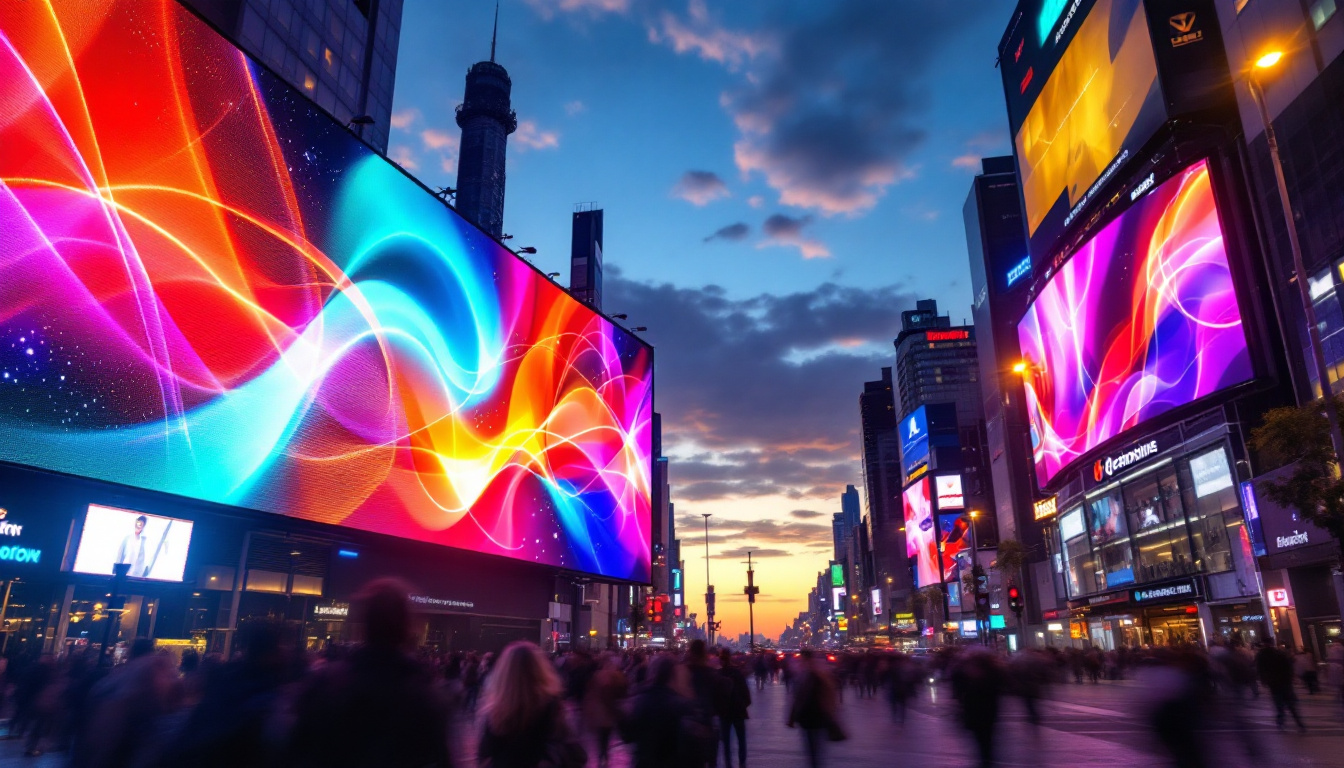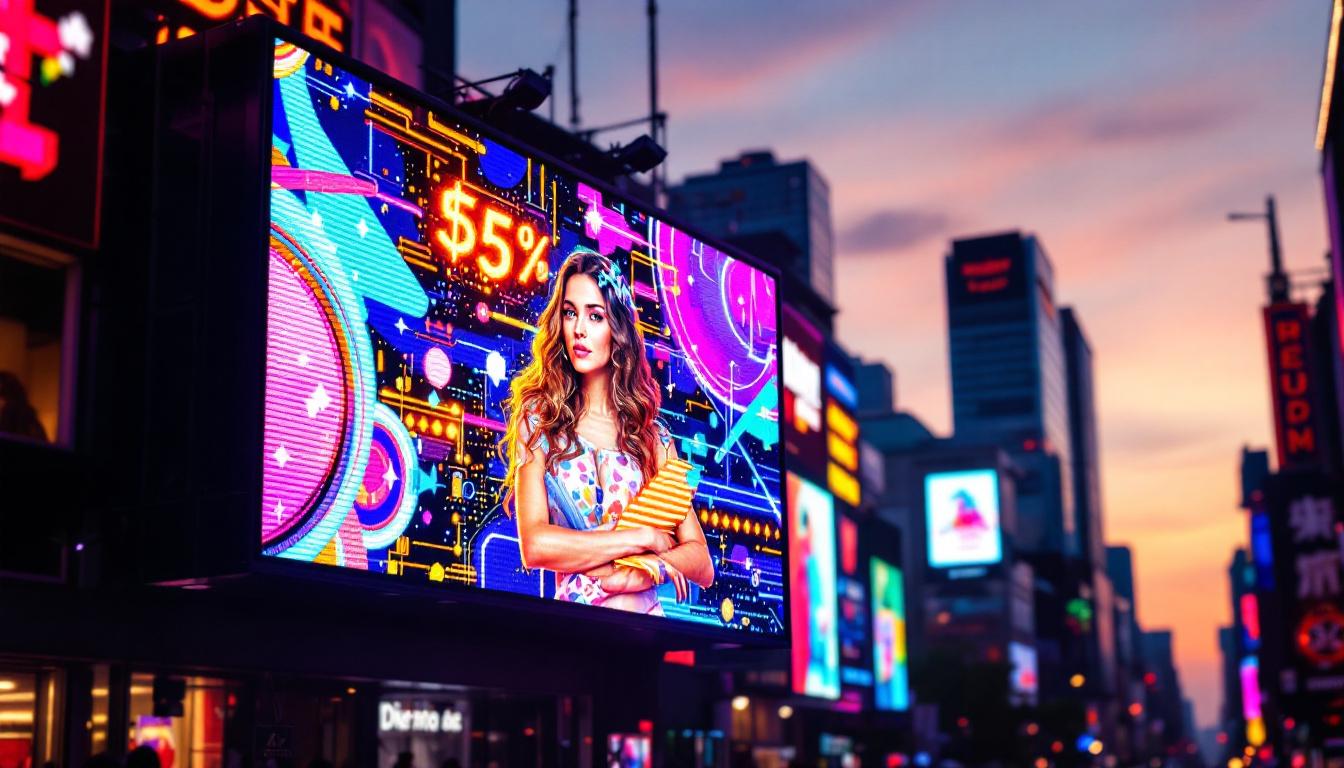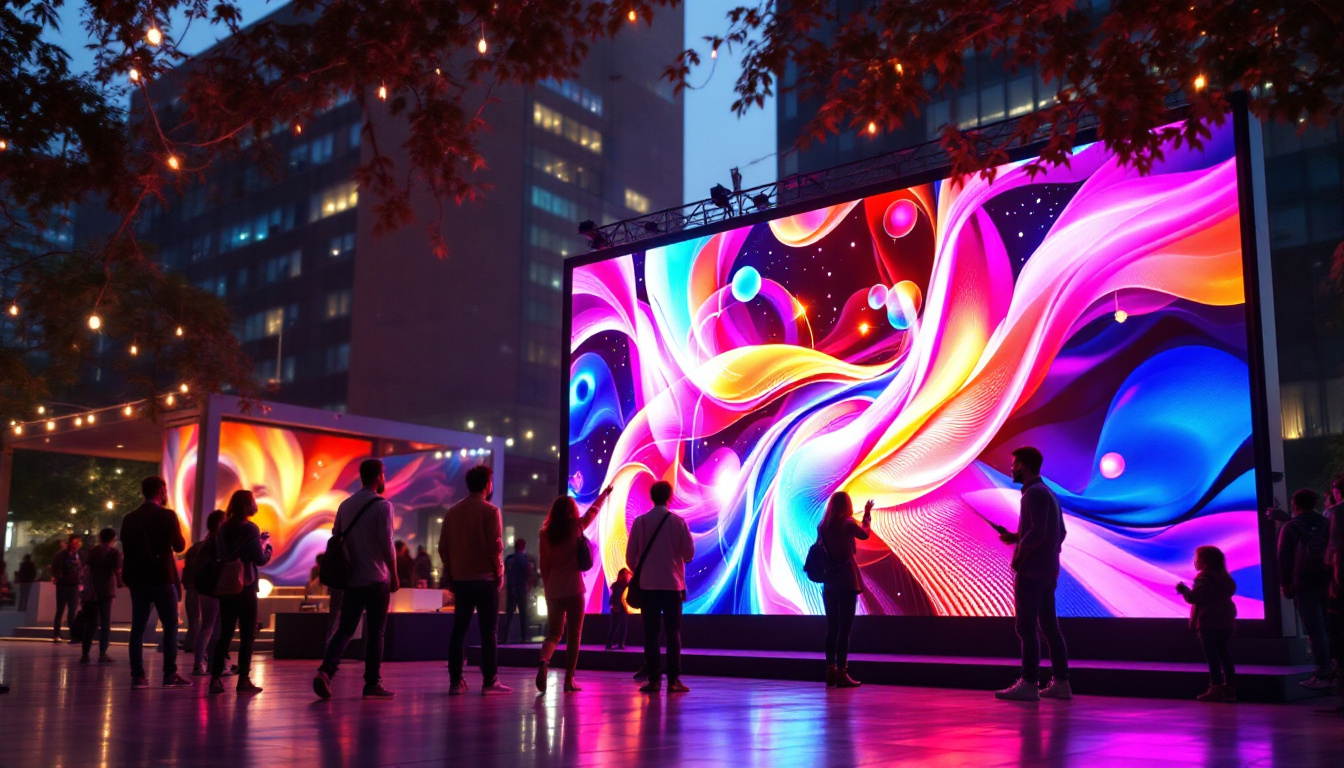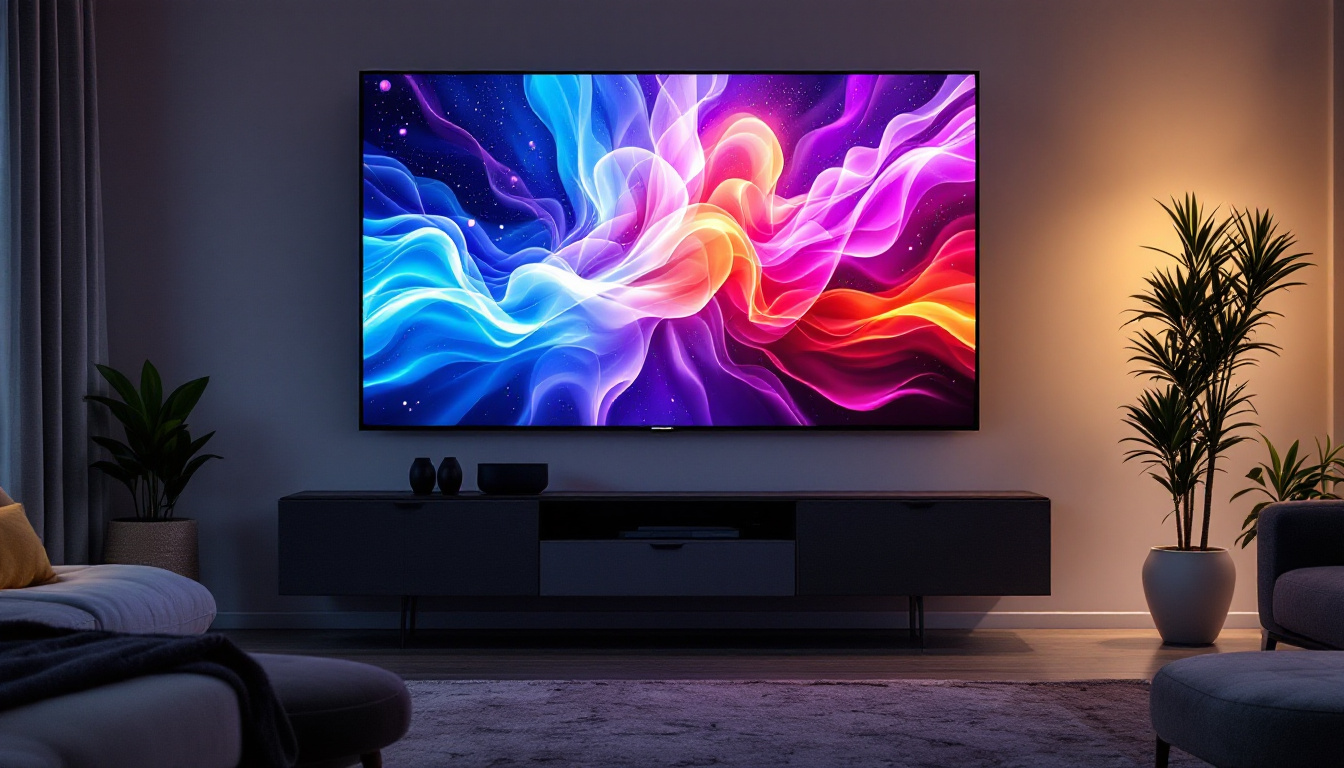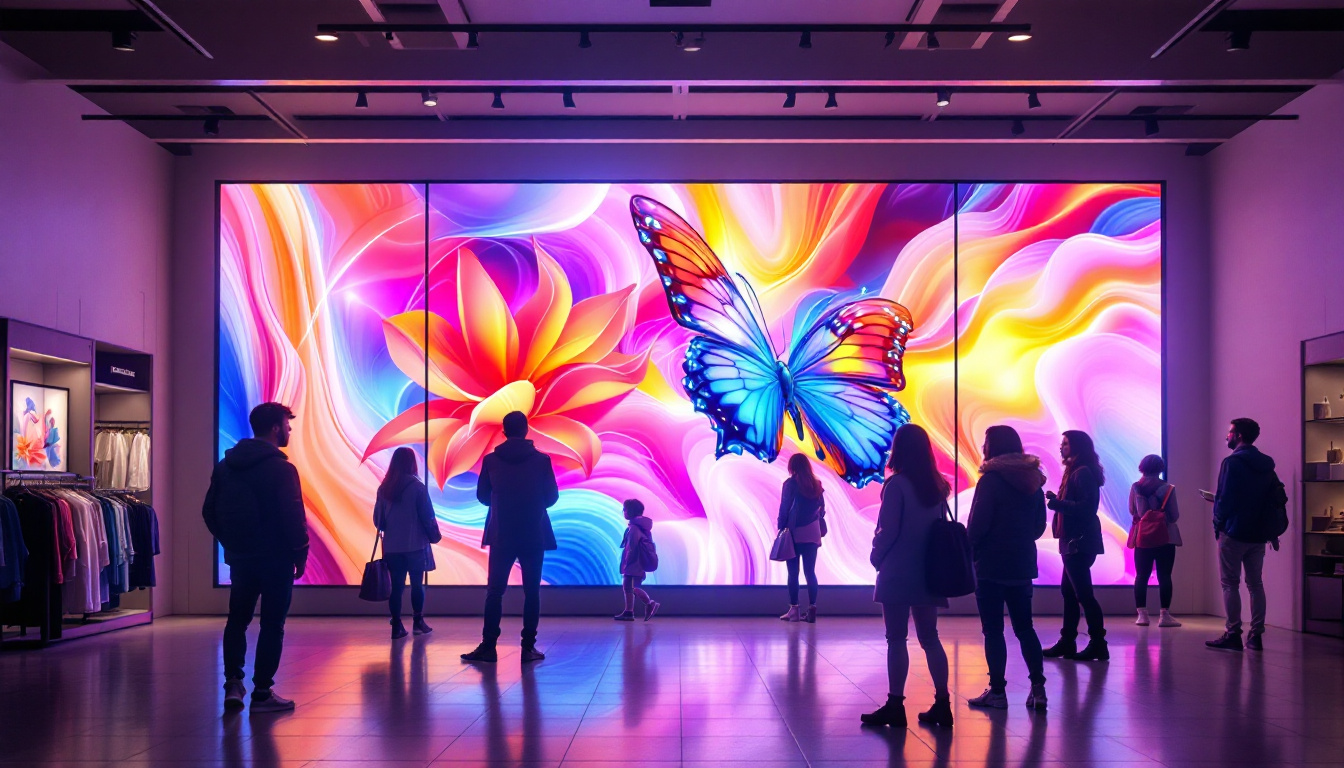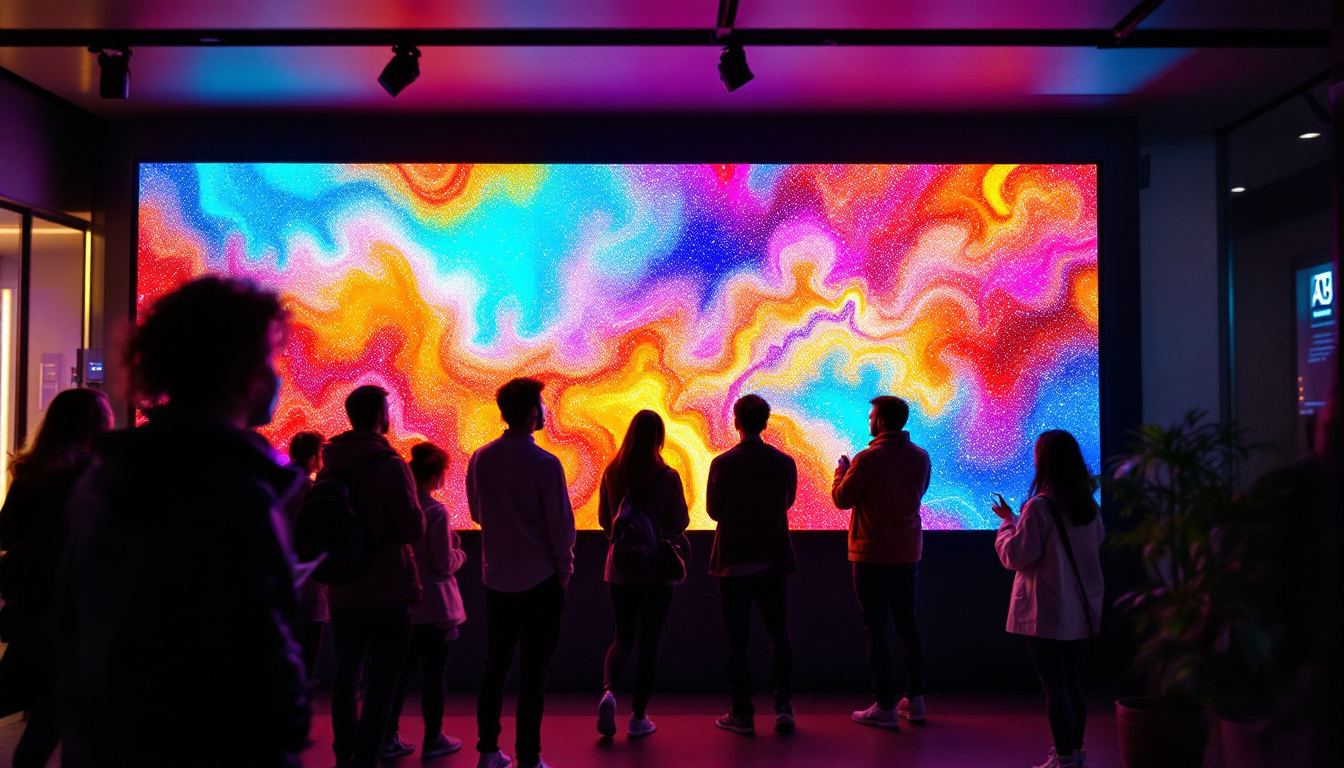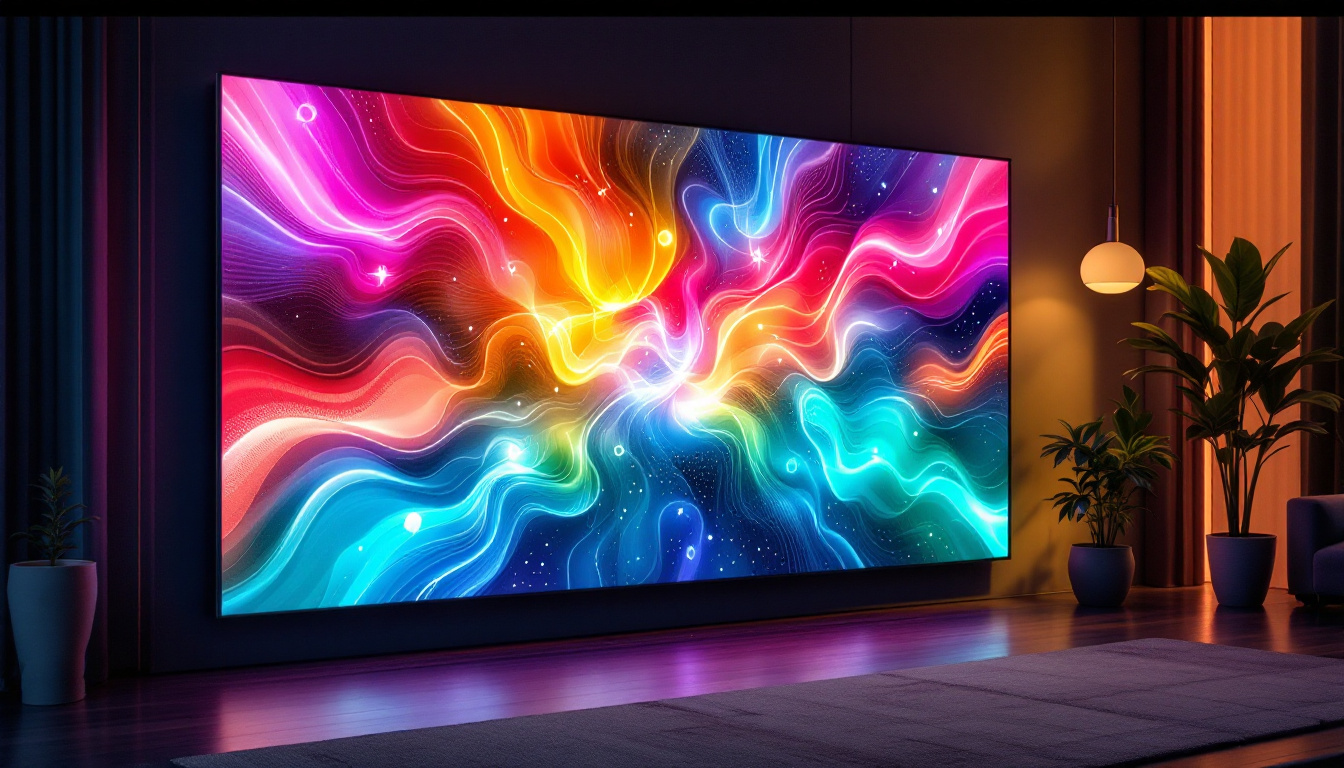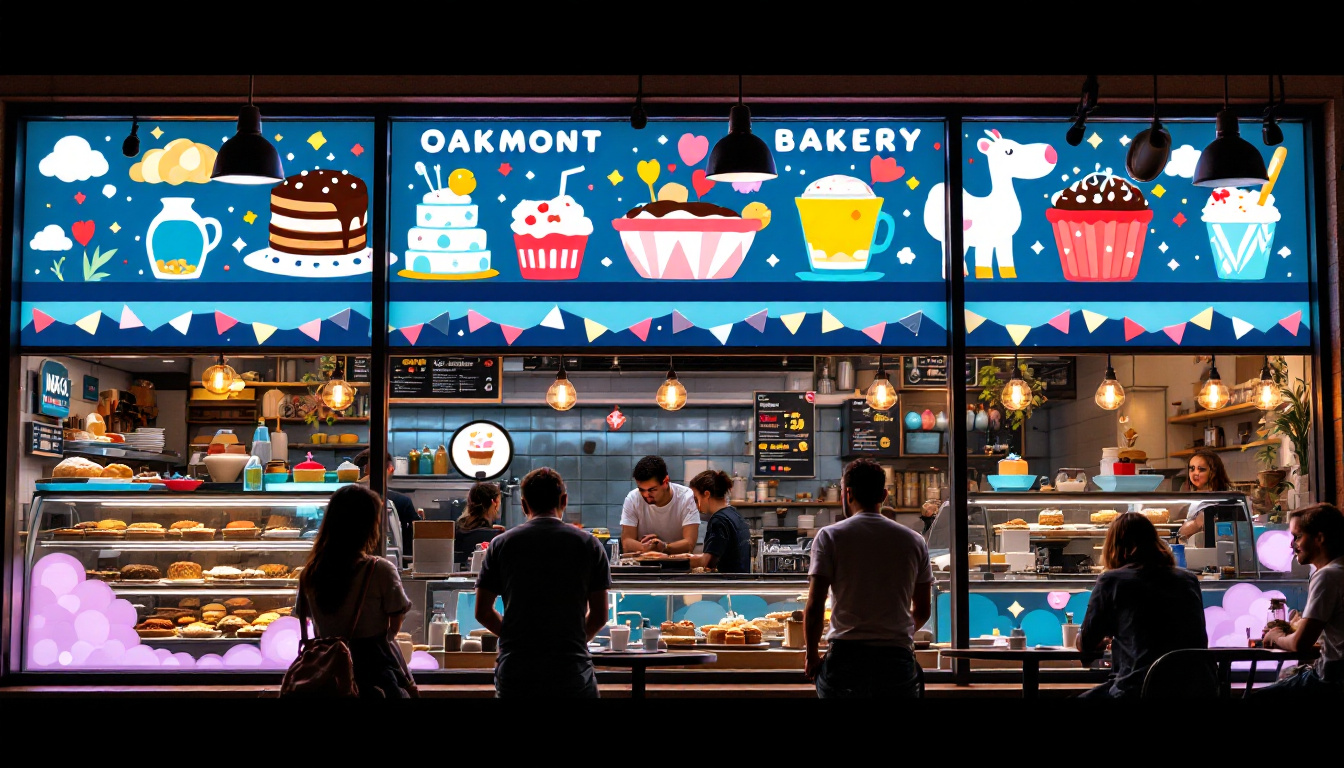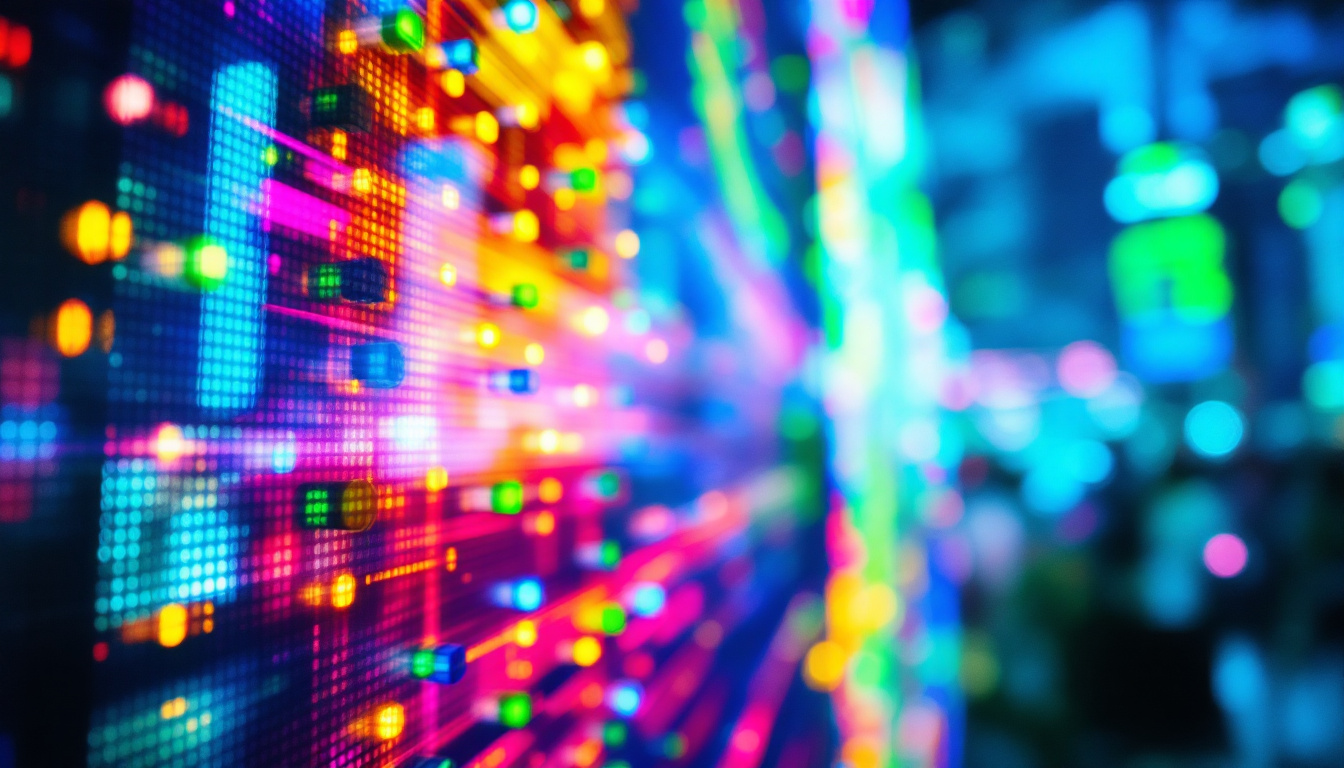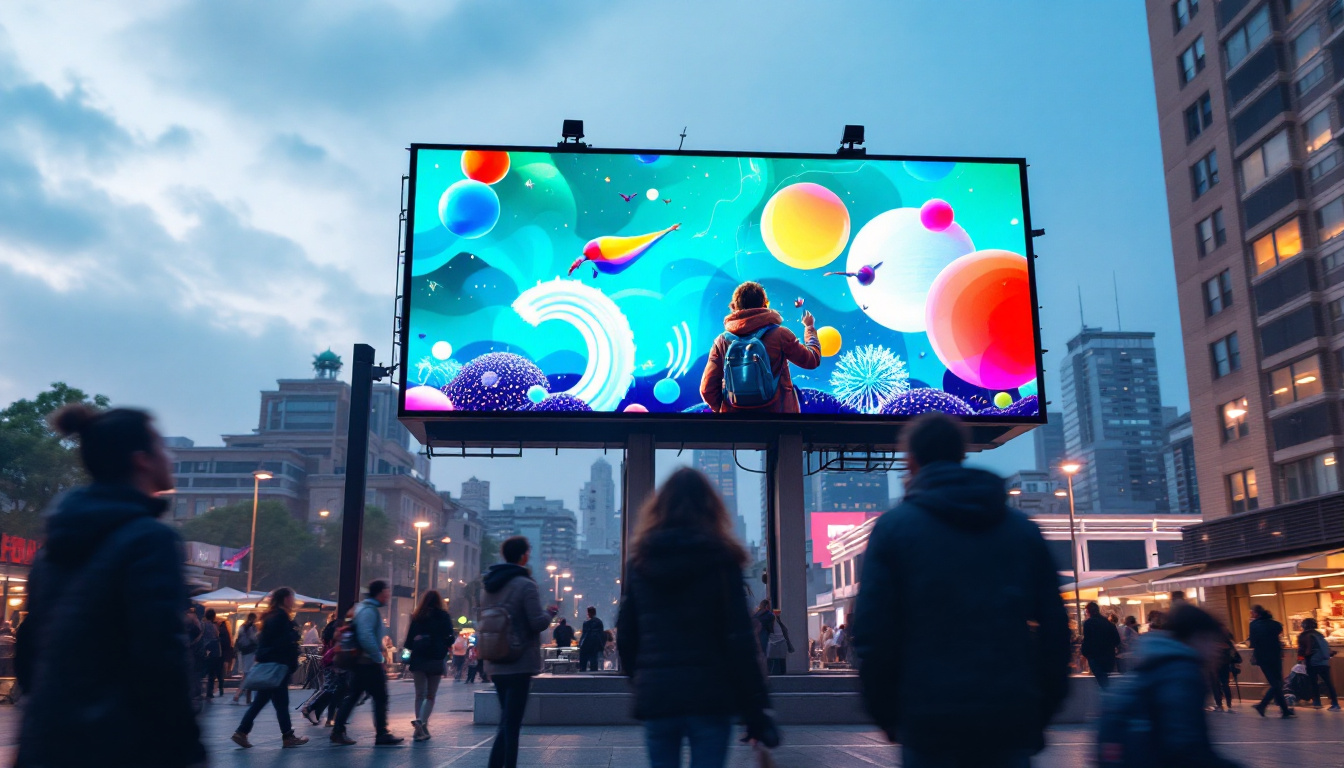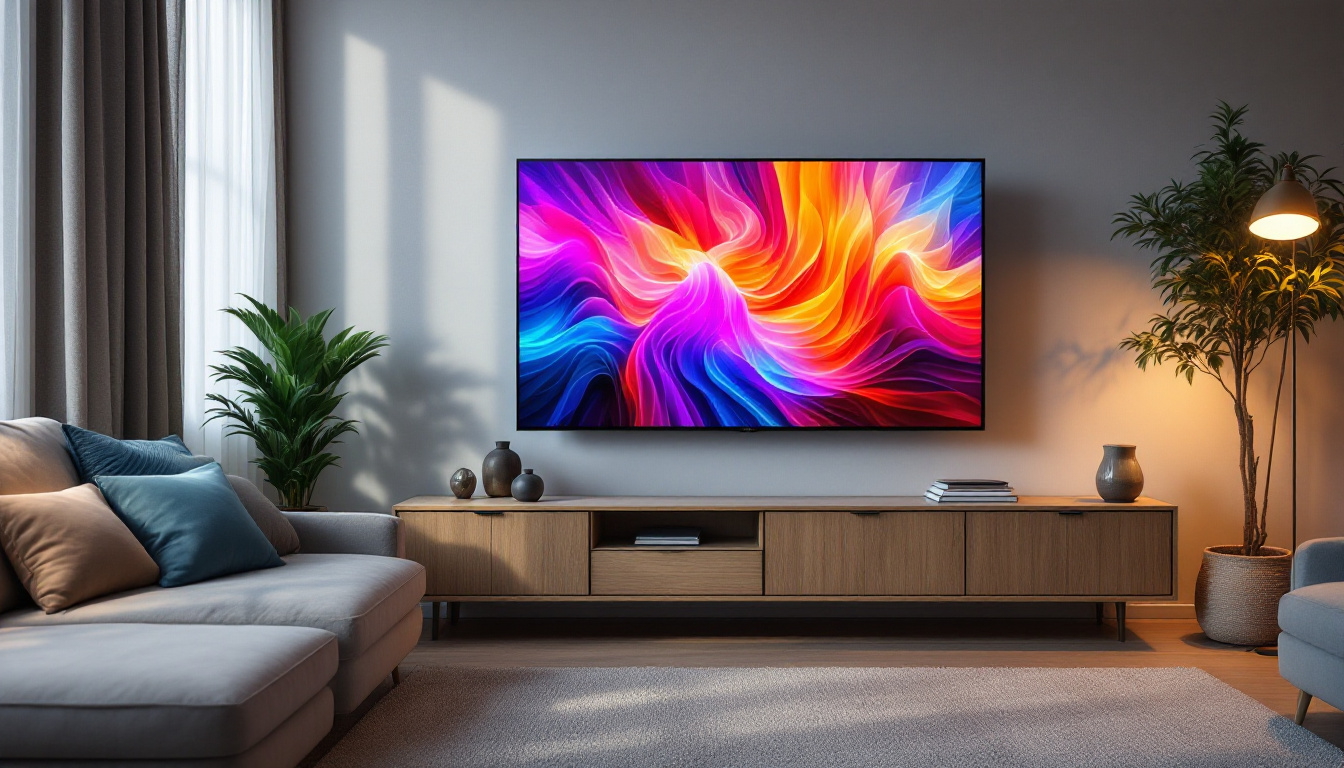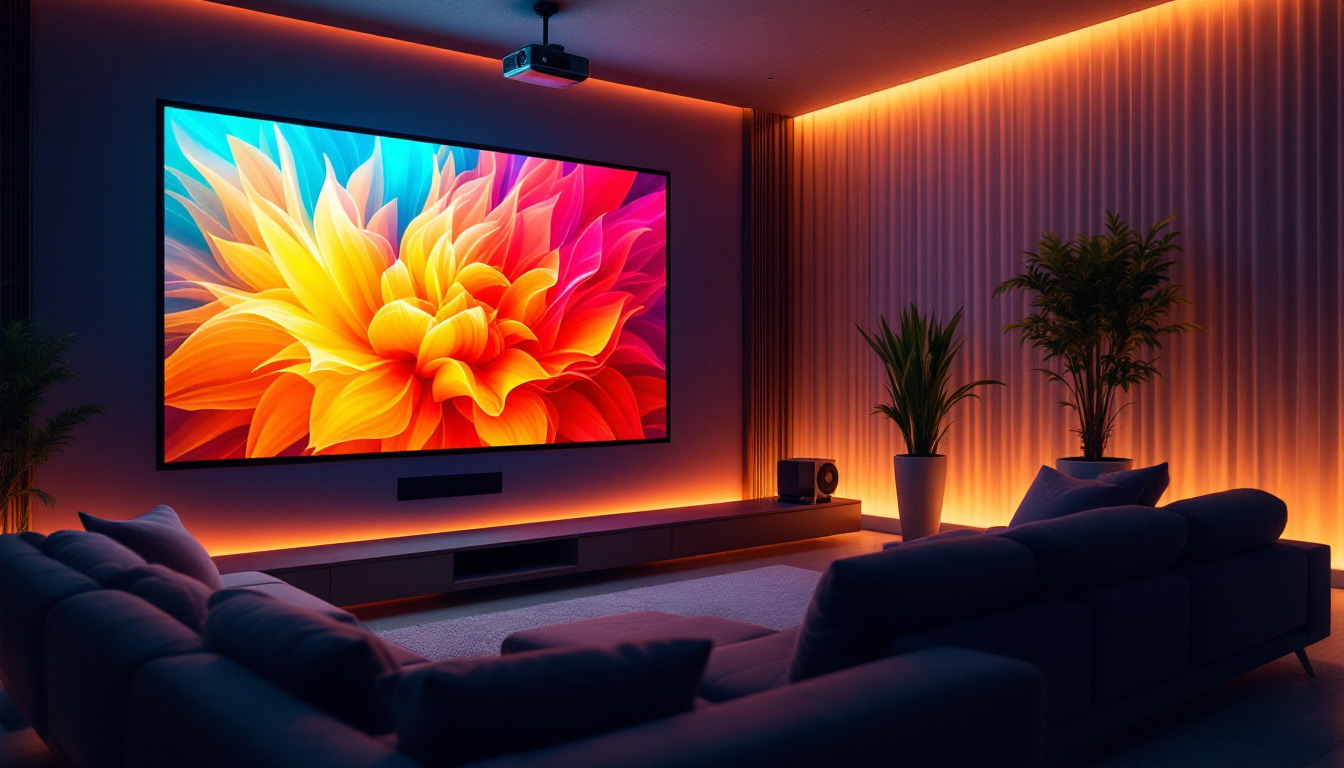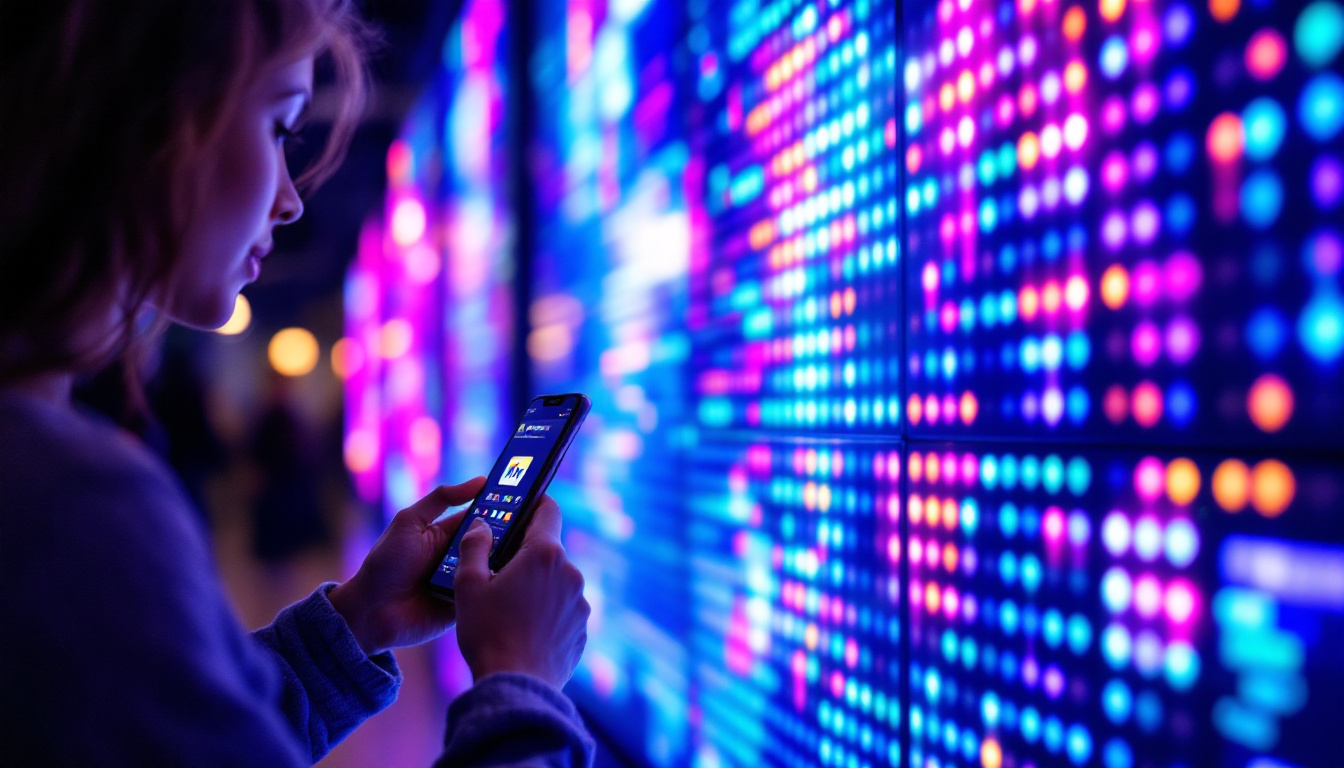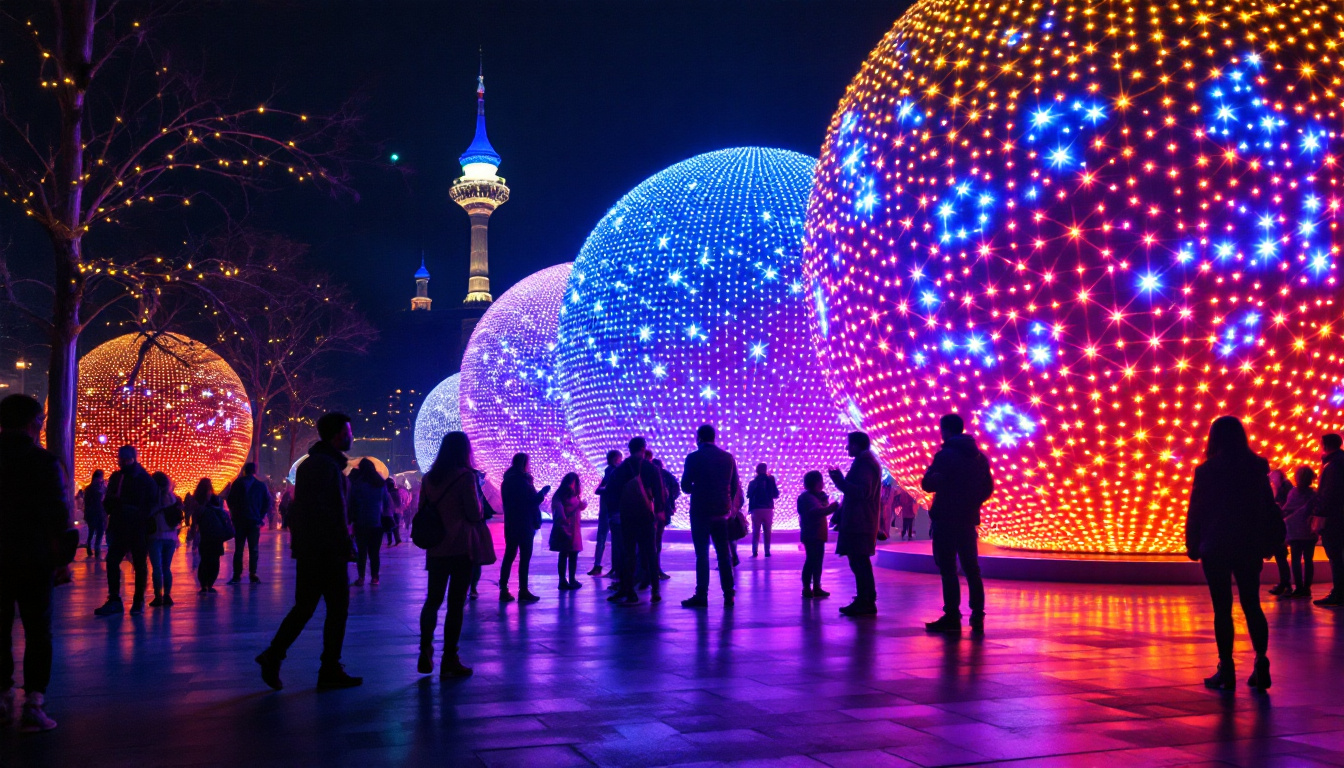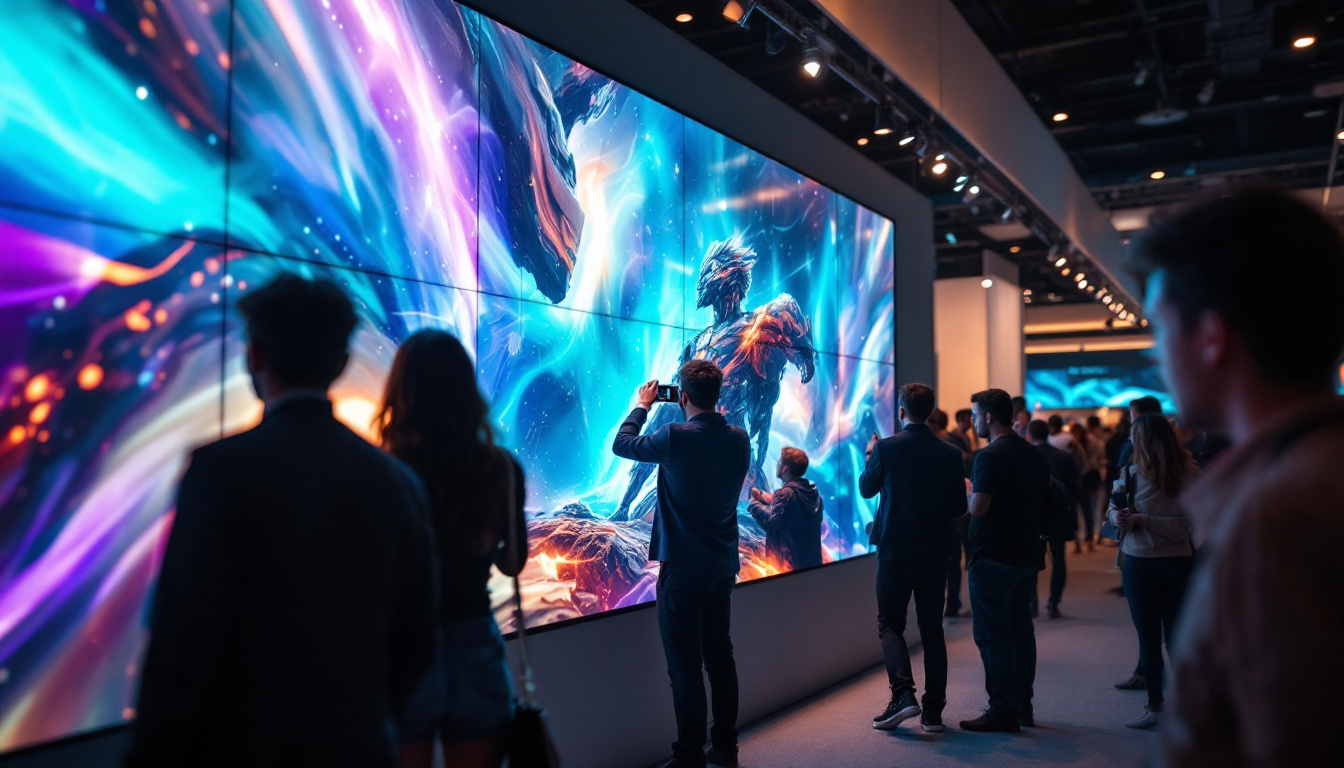In the age of digital communication, large outdoor digital signage has emerged as a powerful tool for businesses and organizations to reach their target audience effectively. Among the various technologies available, LED displays stand out due to their brightness, versatility, and energy efficiency. This article delves into the intricacies of large outdoor LED displays, exploring their components, benefits, applications, and considerations for implementation.
Understanding LED Technology
What is LED?
LED, or Light Emitting Diode, is a semiconductor device that emits light when an electric current passes through it. This technology has revolutionized the way visual content is displayed, providing brighter and more vibrant images compared to traditional lighting options. The ability to produce a wide spectrum of colors makes LEDs particularly suitable for dynamic advertising and information dissemination. Furthermore, LEDs are highly energy-efficient, consuming significantly less power than incandescent or fluorescent bulbs, which not only reduces electricity costs but also minimizes environmental impact.
How LED Displays Work
LED displays consist of numerous tiny diodes arranged in pixels, which can be controlled individually to create images and videos. Each pixel typically comprises red, green, and blue (RGB) diodes, allowing for the creation of millions of color combinations. When these pixels are illuminated in various patterns, they form the visual content displayed on the screen. The precision with which these diodes can be controlled enables stunning visual effects, making LED displays ideal for everything from large outdoor billboards to intricate indoor screens.
The technology behind LED displays also includes advanced drivers and control systems that manage the brightness, color balance, and refresh rates. This ensures that the images remain clear and vibrant, even in direct sunlight or adverse weather conditions. Additionally, many modern LED displays incorporate smart technology, allowing for real-time updates and interactivity. This capability is particularly beneficial for businesses looking to engage customers with dynamic content, such as promotions or live social media feeds, thereby enhancing the overall viewer experience and driving engagement.
Benefits of Large Outdoor LED Displays
High Visibility and Impact
One of the most significant advantages of large outdoor LED displays is their exceptional visibility. The brightness of LED screens allows them to be seen from long distances, making them ideal for outdoor environments where ambient light can be a challenge. This high visibility translates into greater audience engagement, as passersby are more likely to notice and interact with the content displayed. In bustling urban areas, for instance, these displays can capture the attention of thousands of people daily, serving as a dynamic canvas for advertisements, announcements, and artistic displays. The ability to showcase vibrant colors and high-definition images further enhances their impact, making messages more memorable and effective.
Energy Efficiency
LED technology is known for its energy efficiency, consuming significantly less power than traditional lighting methods. This not only reduces operational costs for businesses but also contributes to a smaller carbon footprint. With advancements in technology, modern LED displays are designed to optimize energy usage without compromising on brightness or quality. Additionally, many outdoor LED displays come equipped with smart technology that adjusts brightness based on ambient light conditions, further enhancing energy savings. This adaptability not only benefits the environment but also allows businesses to allocate resources to other areas, ultimately leading to improved overall efficiency.
Durability and Longevity
Outdoor environments can be harsh, with exposure to varying weather conditions, UV rays, and physical wear and tear. LED displays are built to withstand these challenges, featuring robust enclosures and protective coatings that ensure longevity. Many LED screens have a lifespan of over 100,000 hours, making them a wise investment for businesses looking to maximize their advertising efforts over time. Furthermore, the technology behind these displays often includes advanced thermal management systems that prevent overheating, ensuring consistent performance even in extreme temperatures. This resilience not only reduces maintenance costs but also guarantees that businesses can rely on their displays to deliver messages continuously, regardless of external conditions.
Versatility in Content Delivery
Another remarkable benefit of large outdoor LED displays is their versatility in content delivery. These screens can seamlessly transition between various types of content, including video, animations, and static images, allowing businesses to tailor their messages to specific audiences or events. For instance, during a local festival, a business can showcase vibrant video clips to attract attendees, while on a regular day, they might opt for simple, eye-catching graphics to promote a sale. This flexibility not only keeps the content fresh and engaging but also enables real-time updates, ensuring that the information displayed is always relevant and timely. Additionally, the ability to integrate social media feeds or live data can further enhance viewer interaction, creating a more immersive experience for the audience.
Applications of Large Outdoor LED Displays
Advertising and Marketing
Large outdoor LED displays are widely used for advertising and marketing purposes. retailers, restaurants, and event organizers utilize these screens to showcase promotions, new products, and upcoming events. The dynamic nature of LED displays allows for real-time content updates, enabling businesses to respond quickly to market trends and customer preferences. Moreover, the vibrant colors and high-definition visuals of LED screens capture the attention of passersby, making them an effective tool for brand visibility. Many companies have reported increased foot traffic and sales after implementing LED advertising, as these displays can convey messages in a more engaging and memorable way than traditional billboards.
Additionally, the versatility of LED displays allows for creative advertising strategies. Businesses can rotate multiple advertisements on a single screen, optimizing their advertising space and maximizing exposure. Seasonal campaigns can be easily adapted, and targeted marketing can be executed based on the time of day or local events. This flexibility not only enhances the effectiveness of advertising but also allows for a more personalized approach to reaching potential customers, ultimately driving brand loyalty and engagement.
Public Information and Wayfinding
In addition to advertising, LED displays play a crucial role in public information dissemination. Cities and municipalities use large outdoor screens to provide real-time updates on traffic conditions, weather alerts, and emergency notifications. Furthermore, they serve as wayfinding tools in busy urban areas, guiding pedestrians and drivers to their desired destinations. These displays often feature interactive maps and directional arrows, making navigation easier for tourists and residents alike. By integrating GPS technology, some LED displays can even provide personalized directions based on the user’s location, enhancing the overall experience of navigating through complex urban environments.
Moreover, during large-scale events such as parades or festivals, outdoor LED displays can be utilized to inform attendees about schedules, safety protocols, and available amenities. This not only helps in managing crowds effectively but also enhances the overall event experience by keeping everyone informed in real-time. The ability to broadcast important messages instantly can significantly improve public safety and ensure that everyone is aware of any changes or emergencies that may arise.
Entertainment and Events
Large outdoor LED displays are a staple in the entertainment industry, often found at concerts, festivals, and sporting events. These screens enhance the audience experience by providing close-up views of performances and live feeds. They also serve as platforms for interactive experiences, allowing event organizers to engage attendees in unique ways. For instance, many concerts now feature synchronized light shows that are visually stunning, with LED displays playing a crucial role in creating an immersive atmosphere. Fans can enjoy a more dynamic experience as the visuals on the screens complement the music, elevating the overall enjoyment of the event.
In addition to enhancing live performances, LED displays are increasingly being used for fan engagement during sporting events. Teams can showcase player statistics, highlight reels, and fan-generated content, fostering a sense of community among attendees. Some venues even incorporate social media feeds into their displays, allowing fans to see their posts and photos shared in real-time, creating a more interactive and connected experience. This integration of technology not only entertains but also encourages fans to participate actively, making each event memorable and unique.
Considerations for Implementing Outdoor LED Displays
Location and Placement
Choosing the right location for an outdoor LED display is critical to its effectiveness. Factors such as foot traffic, visibility, and proximity to competitors should be considered. A well-placed screen can capture the attention of a large audience, while a poorly located one may go unnoticed. Additionally, the height and angle of the display should be optimized for maximum visibility.
Content Strategy
The success of an outdoor LED display hinges on the content it showcases. Businesses must develop a content strategy that aligns with their brand identity and resonates with their target audience. This includes not only the visual design but also the frequency of updates and the timing of messages. Engaging and relevant content will keep viewers interested and encourage repeat interactions.
Regulatory Compliance
Before installing an outdoor LED display, it is essential to understand and comply with local regulations regarding signage. Many municipalities have specific guidelines concerning the size, brightness, and content of digital displays. Failing to adhere to these regulations can result in fines or the removal of the display, making it crucial for businesses to conduct thorough research beforehand.
Future Trends in Outdoor LED Signage
Advancements in Technology
The landscape of outdoor LED signage is continually evolving, with advancements in technology paving the way for more innovative solutions. Future developments may include higher resolution displays, improved color accuracy, and enhanced interactivity through touch and gesture recognition. These innovations will further enhance the viewer experience and expand the possibilities for content delivery.
Integration with Smart Technology
As smart technology becomes increasingly prevalent, the integration of outdoor LED displays with IoT (Internet of Things) devices is expected to grow. This integration can allow for real-time data collection and analysis, enabling businesses to tailor their content to specific demographics and behaviors. For example, a display could change its messaging based on the time of day or the audience’s reactions, creating a more personalized experience.
Sustainability Initiatives
With a growing emphasis on sustainability, future outdoor LED displays are likely to incorporate eco-friendly materials and energy-efficient technologies. Solar-powered displays and those made from recyclable components may become more common, aligning with the environmental goals of many businesses and municipalities. This shift not only reduces the ecological impact but also appeals to a socially conscious consumer base.
Conclusion
Large outdoor digital signage, particularly in the form of LED displays, represents a significant advancement in how businesses and organizations communicate with their audiences. With their high visibility, energy efficiency, and durability, LED displays offer a compelling solution for advertising, public information, and entertainment. As technology continues to evolve, the potential applications and benefits of outdoor LED signage will only expand, making it an essential component of modern communication strategies.
For businesses considering the implementation of large outdoor LED displays, careful planning and consideration of location, content, and regulatory compliance are crucial. By leveraging the advantages of this technology and staying ahead of emerging trends, organizations can effectively engage their audiences and enhance their brand presence in an increasingly digital world.
Discover LumenMatrix LED Display Innovations
Ready to elevate your outdoor advertising and visual communication? LumenMatrix is at the forefront of LED display technology, offering a vast array of solutions designed to capture attention and create immersive experiences. From vibrant Outdoor LED Wall Displays to interactive Floor LED Displays and beyond, our products are crafted to empower your brand and engage your audience. Experience the future of digital signage with LumenMatrix and revolutionize the way you share your message. Check out LumenMatrix LED Display Solutions today and see the difference innovation can make.

